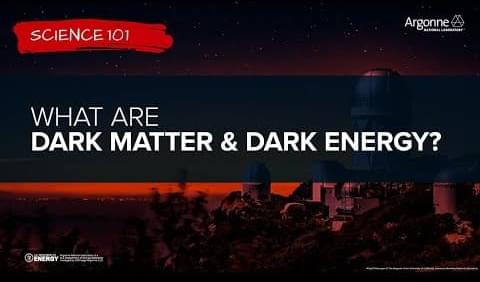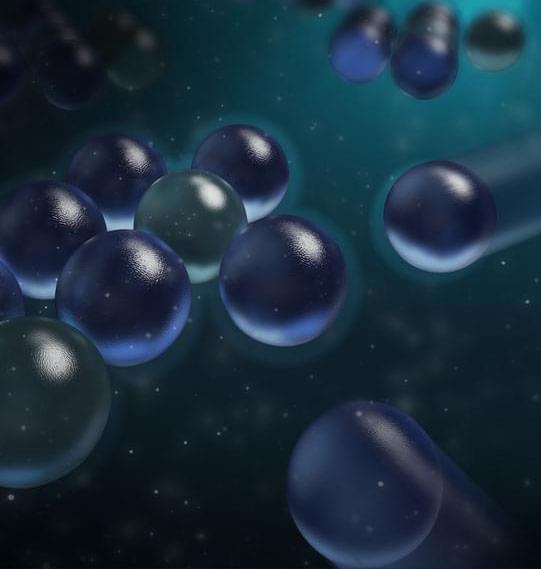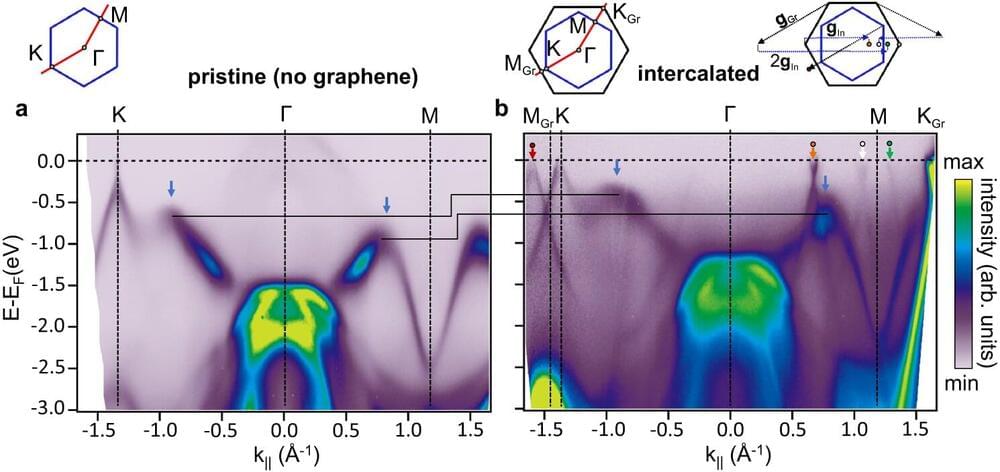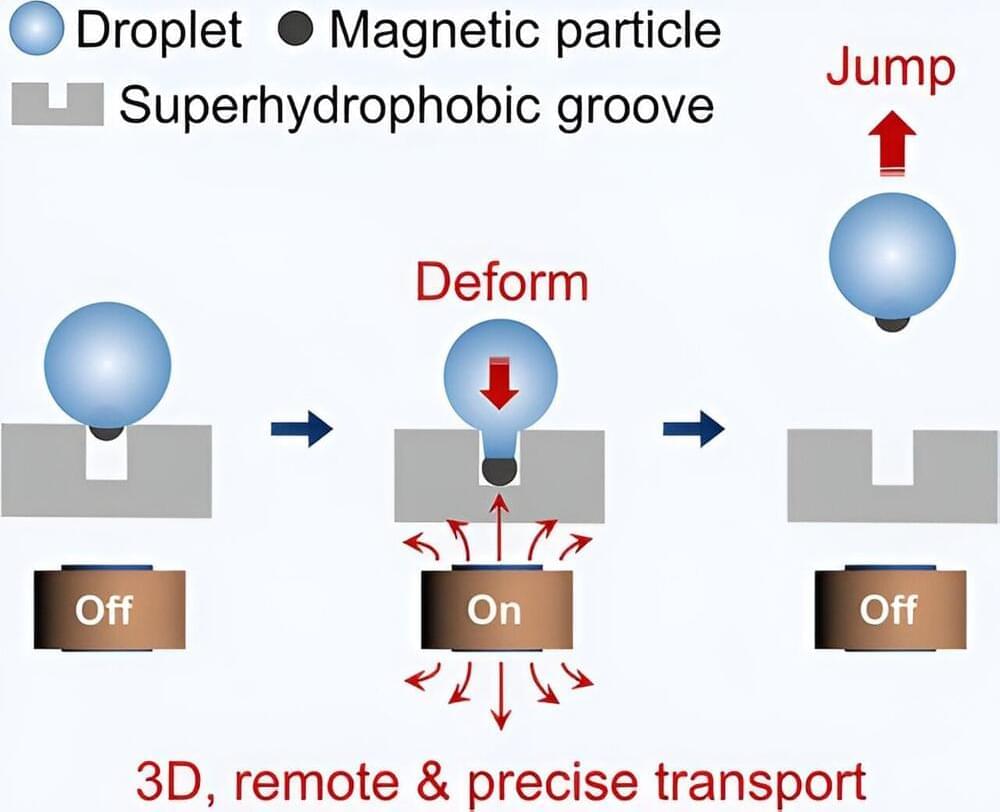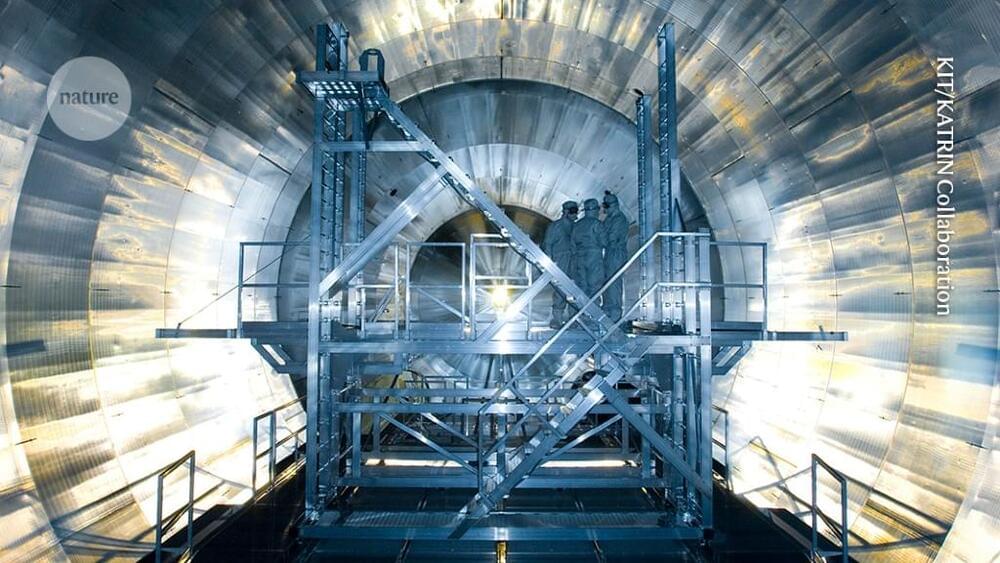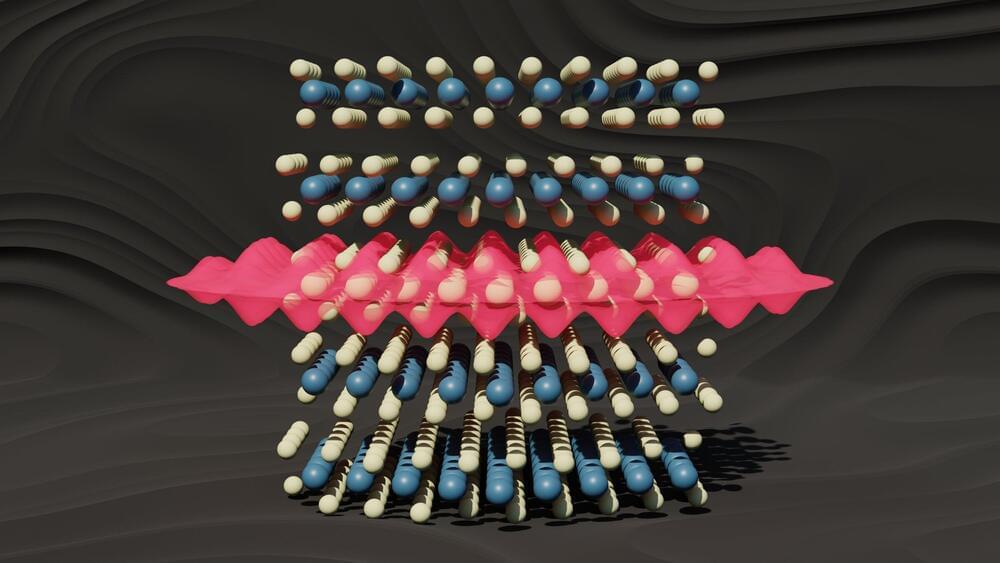Mar 3, 2024
Building a theory of quantum gravity
Posted by Dan Breeden in categories: cosmology, mathematics, particle physics, quantum physics
The Isaac Newton Institute for Mathematical Sciences (INI) in Cambridge hosted a research programme on one of the most pressing problems in modern physics: to build a theory that can explain all the fundamental forces and particles of nature in one unifying mathematical framework. Such a theory of quantum gravity would combine two hugely successful frameworks on theoretical physics, which have so far eluded unification: quantum physics and Einstein’s theory of gravity.
The Black holes: bridges between number theory and holographic quantum information programme focusses on black holes, which play a hugely important part in this area, on something called the holographic principle, and on surprising connections to pure mathematics. This collection of articles explores the central concepts involved and gives you a gist of the cutting edge research covered by the INI programme.

